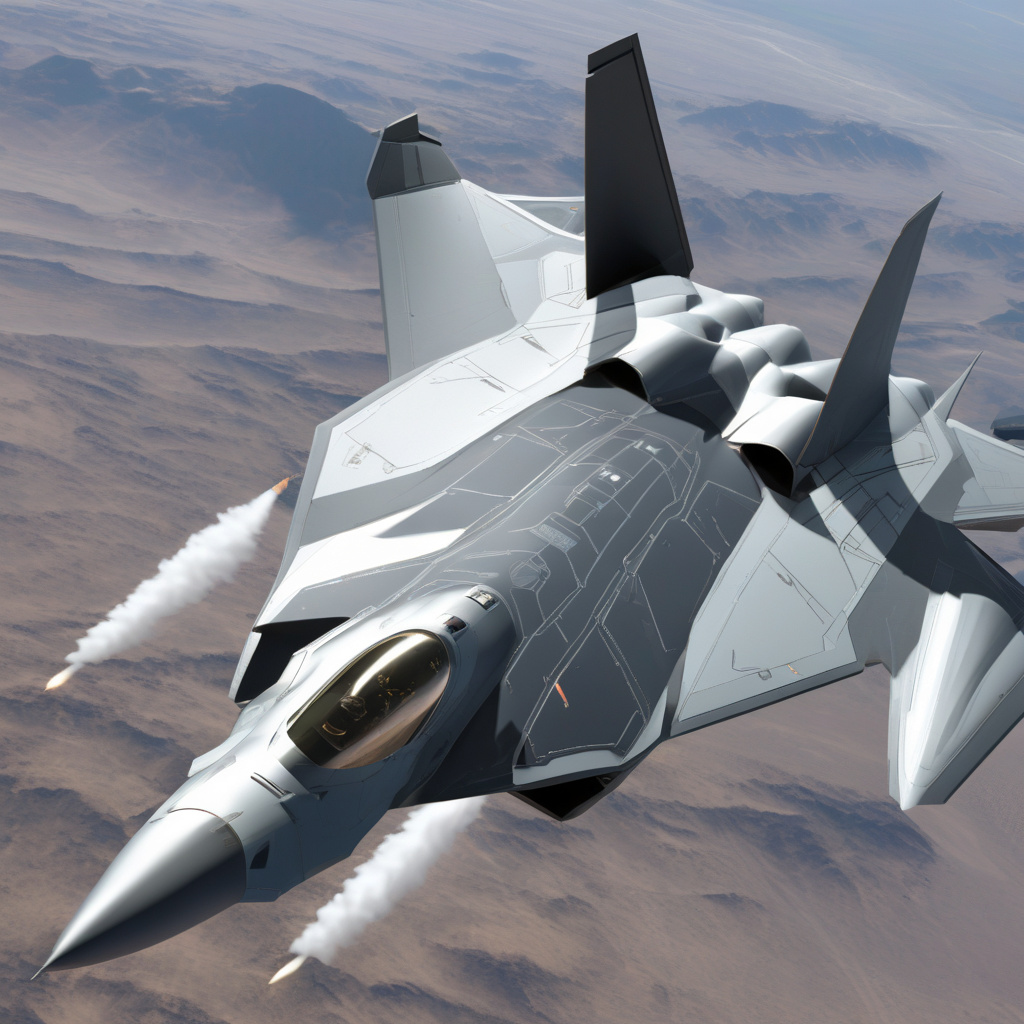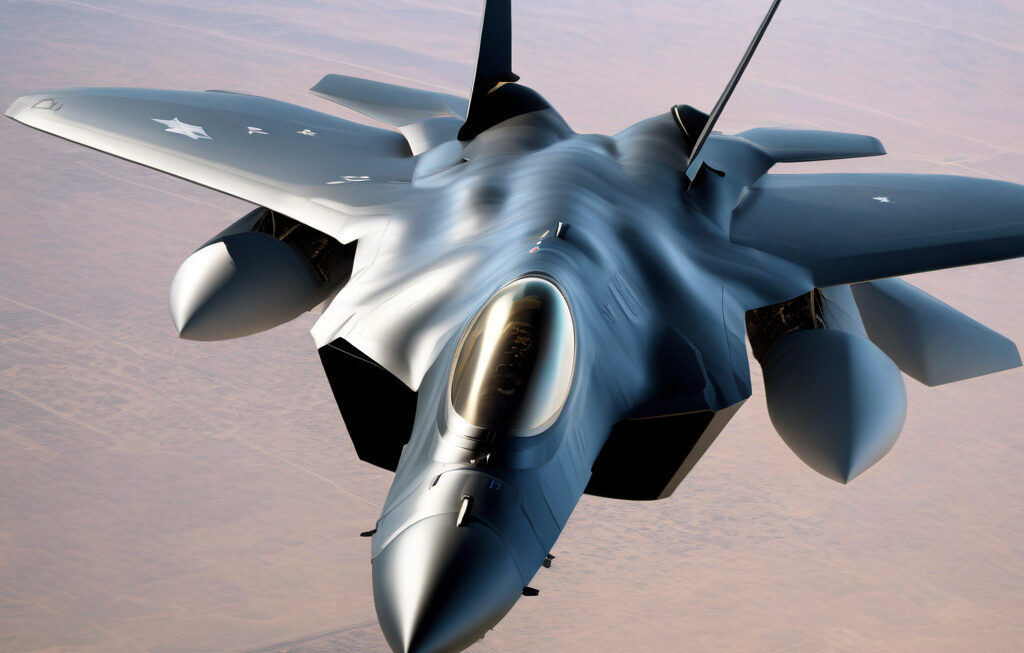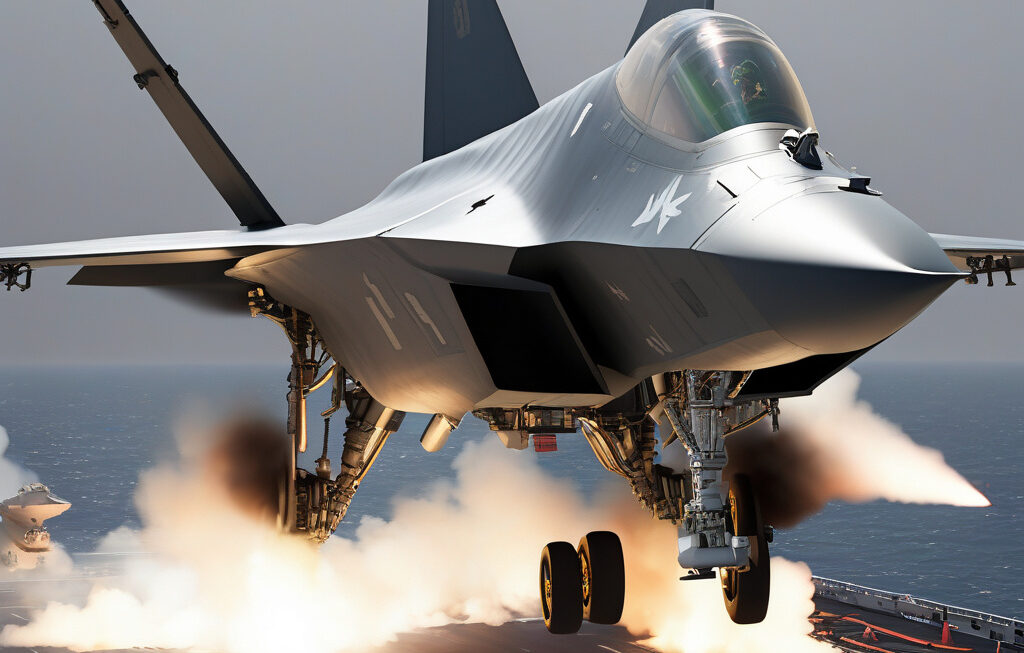Unveiling China’s Sixth Generation Fighter Jet: A Game-Changer in Air Power
To significantly improve its air power, China has revealed what it claims to be the world’s first sixth-generation fighter jet. This announcement marks a significant milestone in the realm of military aviation, raising questions about what defines a sixth-generation fighter jet and why it matters in modern warfare.
The term “sixth generation” refers to the latest evolution in fighter jet technology, incorporating advanced features that set it apart from its predecessors. While there is no universally agreed-upon definition of what constitutes a sixth-generation fighter jet, several key characteristics distinguish these cutting-edge aircraft.
One defining feature of sixth-generation fighter jets is their enhanced stealth capabilities. These aircraft are designed to have reduced radar cross-sections, making them less visible to enemy radar systems. By minimizing their detectability, sixth-generation fighter jets can operate with increased survivability in contested environments.
Furthermore, sixth-generation fighter jets boast improved sensor fusion and data sharing capabilities. These aircraft leverage advanced sensor technologies to collect and process vast amounts of data in real-time, providing pilots with a comprehensive and actionable view of the battlefield. This enhanced situational awareness enables pilots to make better-informed decisions and respond more effectively to dynamic threats.
In addition to their stealth and sensor capabilities, sixth-generation fighter jets are equipped with state-of-the-art weapons systems. These aircraft are designed to carry a diverse array of advanced munitions, ranging from precision-guided missiles to directed energy weapons. By leveraging cutting-edge weaponry, sixth-generation fighter jets can engage a wide range of targets with unprecedented accuracy and lethality.
The introduction of sixth-generation fighter jets represents a significant leap forward in military aviation technology, offering nations a critical edge in modern warfare. As geopolitical tensions continue to rise, the ability to project air power with unmatched speed, precision, and stealth is paramount. Sixth-generation fighter jets provide countries with the means to deter aggression, protect national interests, and maintain strategic superiority in an increasingly complex security environment.
For China, the development of a sixth-generation fighter jet signals its ambition to assert itself as a global military power. By showcasing its technological prowess and innovation in aviation, China aims to enhance its military capabilities and expand its influence on the world stage. The unveiling of the country’s sixth-generation fighter jet underscores its commitment to modernizing its armed forces and establishing itself as a formidable force to be reckoned with.
In conclusion, the emergence of sixth-generation fighter jets represents a paradigm shift in the field of military aviation, redefining the capabilities and strategic dynamics of air power. With advanced features such as stealth, sensor fusion, and precision weaponry, these cutting-edge aircraft offer nations a decisive advantage in an era of heightened security challenges. As countries invest in the development of sixth-generation fighter jets, the future of aerial warfare is set to be shaped by innovation, technology, and the relentless pursuit of military superiority.
#China, #FighterJet, #SixthGeneration, #MilitaryAviation, #AirPower












